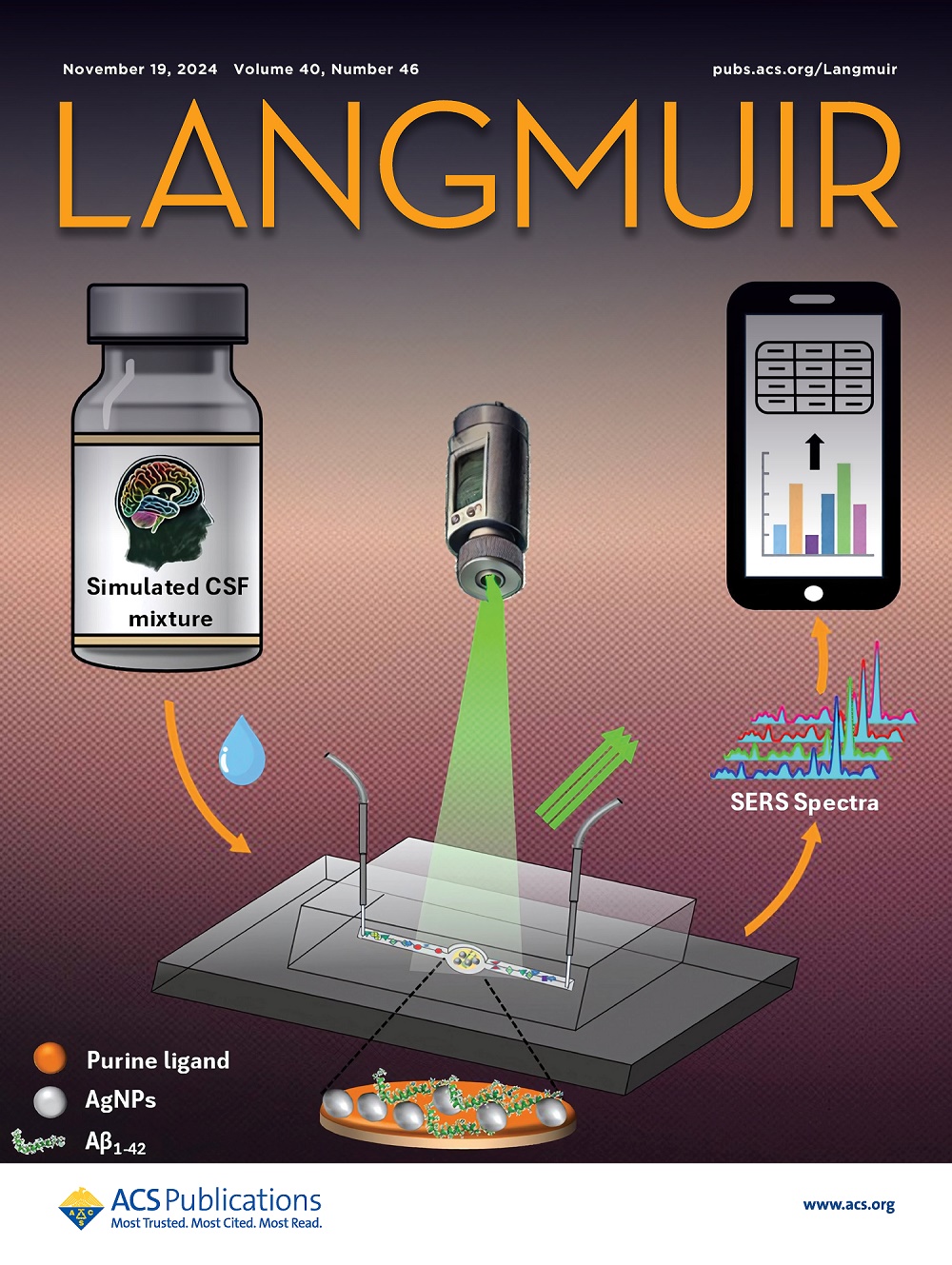具有高活性和选择性的多用途氧电催化拓扑金属g-C2N的鉴定
IF 3.7
2区 化学
Q2 CHEMISTRY, MULTIDISCIPLINARY
引用次数: 0
摘要
二维(2D)氮化碳材料由于其优异的物理化学稳定性、丰富的活性位点和充足的金属负载能力而成为单原子催化剂(SACs)的理想载体。然而,它们固有的半导体特性限制了导电性,从而阻碍了催化过程中的电荷转移。本文通过第一性原理计算和理论分析,提出了一种类似石墨烯的二维氮化碳结构g-C2N。这种结构被认为是一种拓扑金属,具有对称保护的狄拉克锥。它的拓扑非平凡性质由不同的边缘状态、非零的Berry曲率和量子化的Zak相证明。值得注意的是,g-C2N的费米速度超过了石墨烯。此外,构建的Co@C2N2结构被认为是过氧化氢(H2O2)电合成的高活性和选择性催化剂,具有0.08 V的低热力学过电位。此外,通过n掺杂策略开发的Co@C2N2 - n催化剂具有出色的双功能4e - OER/ORR活性,过电位分别为0.27 V和0.32 V。这些发现不仅拓宽了二维氮化碳材料的研究范围,而且为合理设计高活性氧电催化催化剂提供了基础见解。本文章由计算机程序翻译,如有差异,请以英文原文为准。

Identification of Topological Metal g-C2N with High Activity and Selectivity for Versatile Oxygen Electrocatalysis
Two-dimensional (2D) carbon nitride materials are emerging as ideal supports for single-atom catalysts (SACs) due to their excellent physicochemical stability, abundant active sites, and ample capacity for metal loading. However, their intrinsic semiconducting properties constrain electrical conductivity, thereby hindering charge transfer during catalytic processes. Herein, we propose a graphene-like 2D carbon nitride structure, g-C2N, derived from first-principles calculations and theoretical analysis. This structure is identified as a topological metal, featuring a symmetry-protected Dirac cone. Its topologically nontrivial nature is evidenced by distinct edge states, nonzero Berry curvature, and quantized Zak phase. Remarkably, g-C2N exhibits a Fermi velocity exceeding that of graphene. Furthermore, the constructed Co@C2N2 structure is identified as a highly active and selective catalyst for hydrogen peroxide (H2O2) electrosynthesis, with a low thermodynamic overpotential of 0.08 V. Additionally, the Co@C2N2–N catalyst developed through N-doping strategies demonstrates outstanding bifunctional 4e– OER/ORR activity with low overpotentials of 0.27 and 0.32 V, respectively. These findings not only broaden the scope of 2D carbon nitride materials but also offer foundational insights for the rational design of highly active catalysts for oxygen electrocatalysis.
求助全文
通过发布文献求助,成功后即可免费获取论文全文。
去求助
来源期刊

Langmuir
化学-材料科学:综合
CiteScore
6.50
自引率
10.30%
发文量
1464
审稿时长
2.1 months
期刊介绍:
Langmuir is an interdisciplinary journal publishing articles in the following subject categories:
Colloids: surfactants and self-assembly, dispersions, emulsions, foams
Interfaces: adsorption, reactions, films, forces
Biological Interfaces: biocolloids, biomolecular and biomimetic materials
Materials: nano- and mesostructured materials, polymers, gels, liquid crystals
Electrochemistry: interfacial charge transfer, charge transport, electrocatalysis, electrokinetic phenomena, bioelectrochemistry
Devices and Applications: sensors, fluidics, patterning, catalysis, photonic crystals
However, when high-impact, original work is submitted that does not fit within the above categories, decisions to accept or decline such papers will be based on one criteria: What Would Irving Do?
Langmuir ranks #2 in citations out of 136 journals in the category of Physical Chemistry with 113,157 total citations. The journal received an Impact Factor of 4.384*.
This journal is also indexed in the categories of Materials Science (ranked #1) and Multidisciplinary Chemistry (ranked #5).
 求助内容:
求助内容: 应助结果提醒方式:
应助结果提醒方式:


